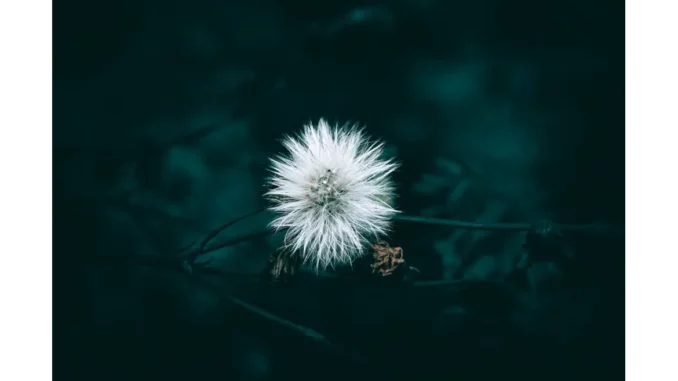
I had the pleasure of sitting down with Emma Hartley, a seasoned landscape designer known for her minimalist approach to garden design. Emma has been transforming outdoor spaces for nearly two decades, and her work embodies the principles of modern garden layouts with a contemporary flair. Our conversation delved into the nuances of minimalism in garden design, focusing on the use of a limited palette of materials and plants.
“My journey into minimalist garden design really began with a desire to create spaces that are both functional and aesthetically pleasing,” Emma began. “In today’s fast-paced world, people are looking for tranquility in their outdoor spaces, and minimalism offers that by stripping away the unnecessary and focusing on what truly matters.”
The Beauty of Simplicity
One of the key principles Emma emphasizes is simplicity. “In a minimalist garden, less is more,” she explained. “We use a limited palette of materials and plants, which creates a cohesive look that’s easy on the eyes and calming to the mind.”
Emma’s gardens often feature a restricted selection of plants, focusing on textures and forms rather than an abundance of colours. “For example,” she said, “I might choose a combination of sleek Ficus Burgundy Bush and Agave Blue. These plants have strong architectural forms that stand out without overwhelming the space.”
By using fewer types of plants, each one gets a chance to shine. “It’s about creating a harmonious balance,” Emma noted. “The textures and shapes of the plants play off each other, creating a dynamic yet serene environment.”
Geometric Precision
Another hallmark of Emma’s designs is the use of geometric shapes. “Geometric patterns bring structure and rhythm to the garden,” she explained. “Whether it’s perfectly straight pathways or circular plant beds, these shapes help to create a sense of order.”
I observed this concept firsthand when Emma showed me one of her recent projects. The garden featured a series of rectangular pavers leading to a circular seating area, framed by the striking Snake Plant (Sansevieria Zeylanica). “The geometric forms guide the eye and make the space feel more organized,” she said. “This is especially important in smaller gardens where every square foot counts.”
Blending Natural and Man-Made Elements
Emma is a master at integrating natural and man-made materials. “A modern garden often combines elements like concrete, metal, and glass with wood, stone, and greenery,” she explained. “This creates a dynamic contrast that’s visually engaging.”
In one of her designs, a sleek concrete patio was softened with wooden furniture and lush potted plants. “The key is to create a balance,” Emma said. “For instance, a metal sculpture can stand out beautifully against a backdrop of natural stone or greenery.”
Functionality Meets Aesthetics
Functionality is another cornerstone of Emma’s approach. “A modern garden should be as practical as it is beautiful,” she stated. “Every element should serve a purpose.”
In Emma’s designs, raised garden beds often double as seating areas, and water features provide both a soothing soundscape and a focal point. “It’s about creating spaces that enhance your lifestyle,” she explained. “A garden should be a place where you can relax, entertain, and connect with nature.”
Creating Your Own Minimalist Garden
Emma offered some valuable advice for those looking to create their own minimalist garden. “Start by planning the layout,” she suggested. “Assess the available space, understand the garden’s purpose, and determine how best to use the area.”
She recommended sketching a rough layout, taking into account the sun’s path, existing structures, and any natural features you want to highlight. “Think about how you want to use the space,” she said. “Do you want a quiet area for reading, a space for entertaining, or a garden that’s focused on sustainability? Your answers will guide the design process.”
Choosing the Right Plants
When it comes to plant selection, Emma advised opting for plants with strong architectural forms. “Succulents, ornamental grasses, and plants with bold foliage are all excellent choices,” she said. “Consider the colour, texture, and form of each plant, and how they will contribute to the overall aesthetic.”
Emma also highlighted the importance of choosing low-maintenance plants. “Drought-resistant plants like lavender, yucca, and agave are perfect for modern gardens,” she noted. “They require little water and upkeep, making it easier to maintain a clean, uncluttered look.”
Incorporating Hardscaping Elements
Hardscaping elements play a significant role in Emma’s designs. “Pathways, outdoor structures, and water features add structure and interest to the garden,” she explained. “In a modern garden, these elements often feature clean lines and simple forms.”
She showed me a garden where a sleek water wall served as a focal point, complemented by minimalist furniture and strategically placed lighting. “The key is to choose materials and designs that enhance the garden’s modern look,” she advised.
Final Thoughts
As our conversation drew to a close, Emma emphasised the importance of personal expression in garden design. “Your garden should reflect your personal style and enhance your lifestyle,” she said. “Experiment with different ideas, and don’t be afraid to make the garden your own.”
In a world that often feels chaotic, Emma Hartley’s minimalist garden designs offer a sanctuary of simplicity and elegance. By focusing on a limited palette of materials and plants, and emphasizing textures and forms, she creates spaces that are both functional and visually stunning. Whether you’re working with a small urban plot or a larger suburban garden, her approach offers valuable insights for anyone looking to infuse their outdoor space with contemporary flair.
Maz Ali


Be the first to comment